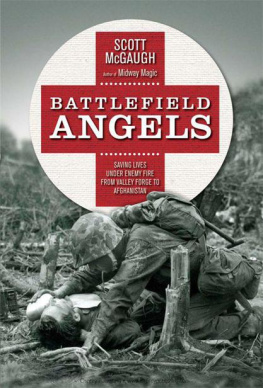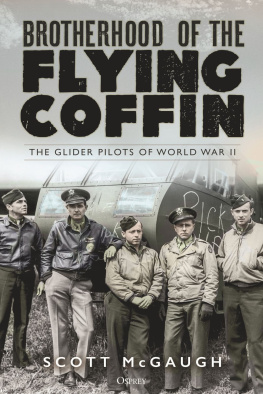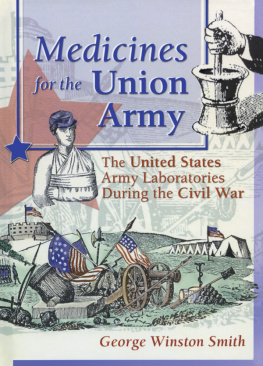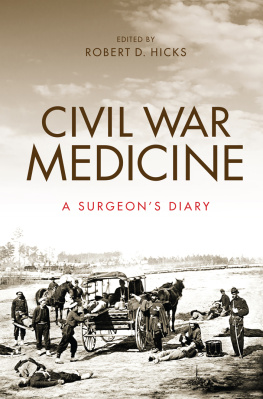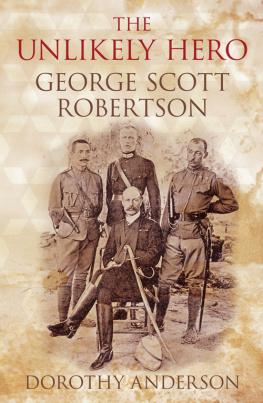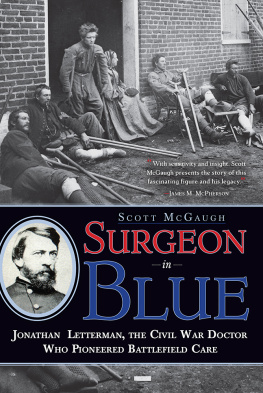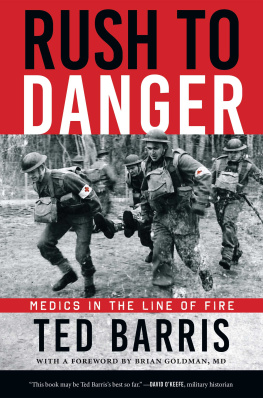BATTLEFIELD
ANGELS
Saving Lives Under Enemy Fire
from Valley Forge to Afghanistan
O SPREY
PUBLISHING
For Marjorie.
Your enduring courage, compassion,
and resolve arm me with strength and
perspective every day.
Contents
Foreword
By Vice Admiral Harold M. Koenig, M.D.
United States Navy, Retired
32nd Navy Surgeon General
S ince the founding of our nation, more than 40 million Americans have served in our armed forces in times of crisis and conflict. They have left their families, their homes, and all they cherish to face a dangerous and uncertain future. Our nation has sent them to the Middle East, Asia, Europe, Africa, the Caribbean, and hundreds of remote locations throughout the world.
These brave Americans served with the belief that America is just and its vision noble, and that it would recognize and support their sacrifice and devotion to duty. When they joined the armed forces, few understood that their fate might well rest in the hands of a young man or woman who was a total stranger to them until they met on the battlefield.
A relatively small cadre of largely unsung heroes has made possible the eventual return home of countless soldiers. For more than two hundred years, corpsmen, medics, nurses, doctors, surgeons, medical technicians, and specialists have comprised a community within our armed forces that has been nothing short of inspirational. These extraordinary men and women have willingly confronted the horrors of war and faced conditions few can imagine. They have come to the aid of more than 1.4 million Americans who have been wounded in battle. They have been the link between trauma and treatment that ultimately enabled those injured soldiers to survive their wounds, or brought final moments of solace to many of those who did not. They have been a source of inspiration and motivation to their warrior comrades who were able to be more confident, resolute, and effective when they knew a corpsman or medic was willing to risk his or her life to reach and treat them on the battlefield. Their legacy is all the more remarkable because of the relative youth of these courageous individuals.
Battlefield Angels traces the odyssey of these American heroes from the hills of Pennsylvania in 1775 to the mountains of Afghanistan more than two centuries later. Their recognition is as worthy as it is necessary. These profiles of duty, devotion, and daring illustrate the strength of character inherent in every American generation, a strength that is never more evident or valuable than it is on the battlefield when life hangs in the balance. A stirring testament to the human spirit, Battlefield Angels also reveals how the accomplishments of these medical pioneers have resulted in numerous advances and improvements to civilian health care that have saved or enhanced the lives of countless people.
Today, more than 23 million veterans walk among us. Nearly 3 million receive disability compensation, and many more owe their very lives to an anonymous corpsman or medic. Millions of Americans and their families are profoundly grateful.
Future generations can take heart in knowing that there will always be battlefield angels alongside their sons, daughters, brothers, sisters, spouses, and sweethearts in uniform. They can take comfort in the courage, compassion, and skill of our nations exemplary military medical corps.
Vice Admiral Harold M. Koenig, M.D.
Medical Corps, United States Navy, Retired
32nd Navy Surgeon General
Preface
W ars are won by killing. Death, destruction, disability, and disease have defined the battlefield for millennia as millions of warriors have waged war. Whether with catapults or cannon, arrows or artillery, the more permanent harm an army can inflict upon another, the greater the odds of victory. Yet within every war, within every battle and firefight, a handful of those in uniform have fought to save lives, including those of the enemy. The military medical corps has always faced a paradox: Its mission is to rescue the wounded and save lives even as those around them are intent on killing each other.
The history of military medicine reflects the evolution of both war and medical science. As weaponry has become more lethal from one war to the next, military medicine has been confronted with increasingly complicated conditions posed by torn bodies, horrific burns, radiation poisoning, and contagious disease. Industrialization has enabled world wars to kill as many as 35 million people. The spear has mutated into the nuclear bomb that produced more than one hundred thousand burn and radiation victims in a single flash over Hiroshima.
At the same time, the military medical corps has pioneered and field tested medical science advances in its war against the broken, infected, and diseased. Medical science and military medicine have become increasingly sophisticated as the destructiveness of weapons has grown. The practices of bloodletting, encouraging gangrenous pus, and applying blood transfusions directly from the arm of one soldier into another have been replaced by preventive medicine, antibiotics, plasma, and cutting-edge surgical care. Two hundred years ago, unfit soldiers were assigned as surgeons assistants. Todays frontline medical personnel are highly trained emergency medical technicians equipped with the latest digital equipment.
A common denominator among all wars has been the young menand more recently, womenwho have made survival possible. Doctors, surgeons, nurses, and frontline corpsmen and medics have always faced enemy fire when others took cover. Their courage and compassion have enabled them to ignore their own mortality when confronted with even a remote possibility of saving anothers life. Many have endured unimaginable conditions on the battlefield. Thousands have volunteered to jump into a bomb crater or climb down inside a burning ship to treat a sliced-open belly, legless stumps, or a filleted face.
Many came from humble, nondescript towns, farms, and cities. Caspar Wistar was a pacifist Quaker who volunteered as a frontline nurse in George Washingtons army. Weedon Osborne, a dentist, became a hero as a medic in the trenches of World War I. Joe Marquez, the son of a Nevada miner, joined the Navy in World War II to escape a small-town destiny. Japanese-American James Okubo signed up for the Army from behind the barbed wire of a World War II American internment camp. Joe Keenan, an elevator repairmans son, boarded a troop transport bound for Korea, leaving a row-house Boston neighborhood in his wake. Monica Brown graduated early from a Texas high school to enlist in the Army and become a medic in Afghanistan.
These few represent the thousands of Americans who have joined the military and become battlefield corpsmen and medics. They are our neighbors, our childrens friends, our sons, and, more recently, our daughters. As both war and medical science have driven innovations in military medicine, each successive generation of corpsmen and medics has personified the medical corps devotion to saving lives with increasingly sophisticated care in the midst of wars greater lethality.
They have been the link between catastrophe and treatment after shrapnel has cut through a soldier, sailor, or Marine. Corpsmen and medics instinctively applied a few months medical training to make instant diagnoses when they first pressed their hands against a mans sucking chest wound as foamy blood oozed through their fingers. Doctors and surgeons amputated, excised, stitched, and vaccinated within range of enemy fire. Nurses, technicians, and support personnel worked by their side, caring for and comforting the wounded. Their personal stories, spanning two centuries of Americas wars, illustrate how ignorance, social taboos, and myths have been overcome by the diligence and daring of medical professionals in the laboratory, alongside the operating table, and at the frontline aid station.

